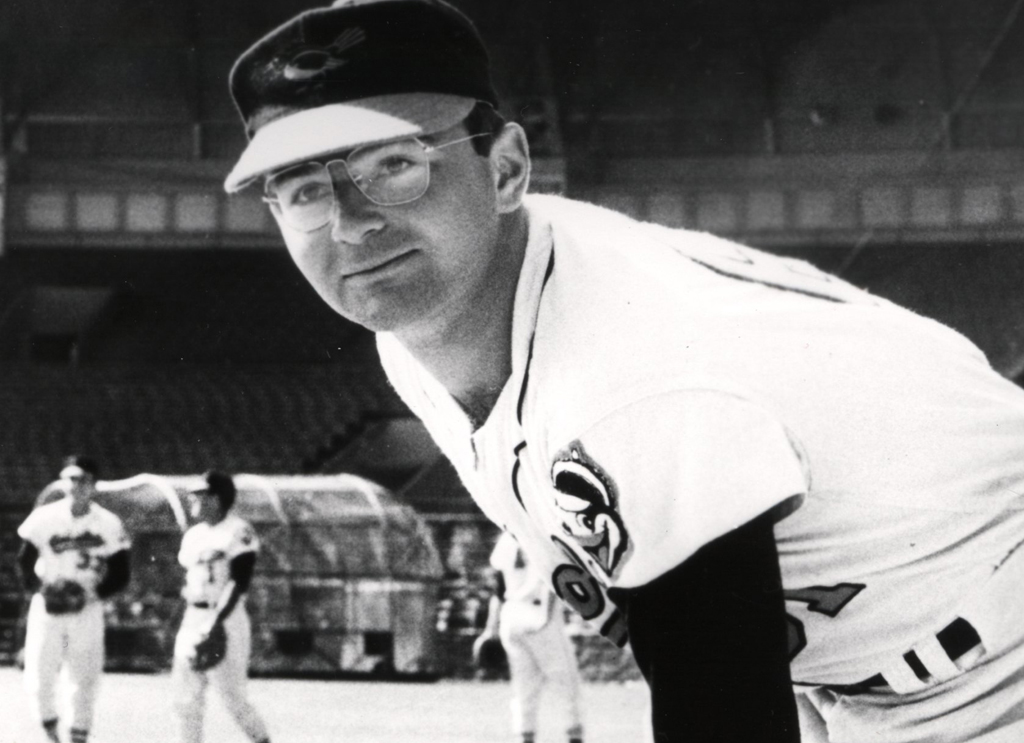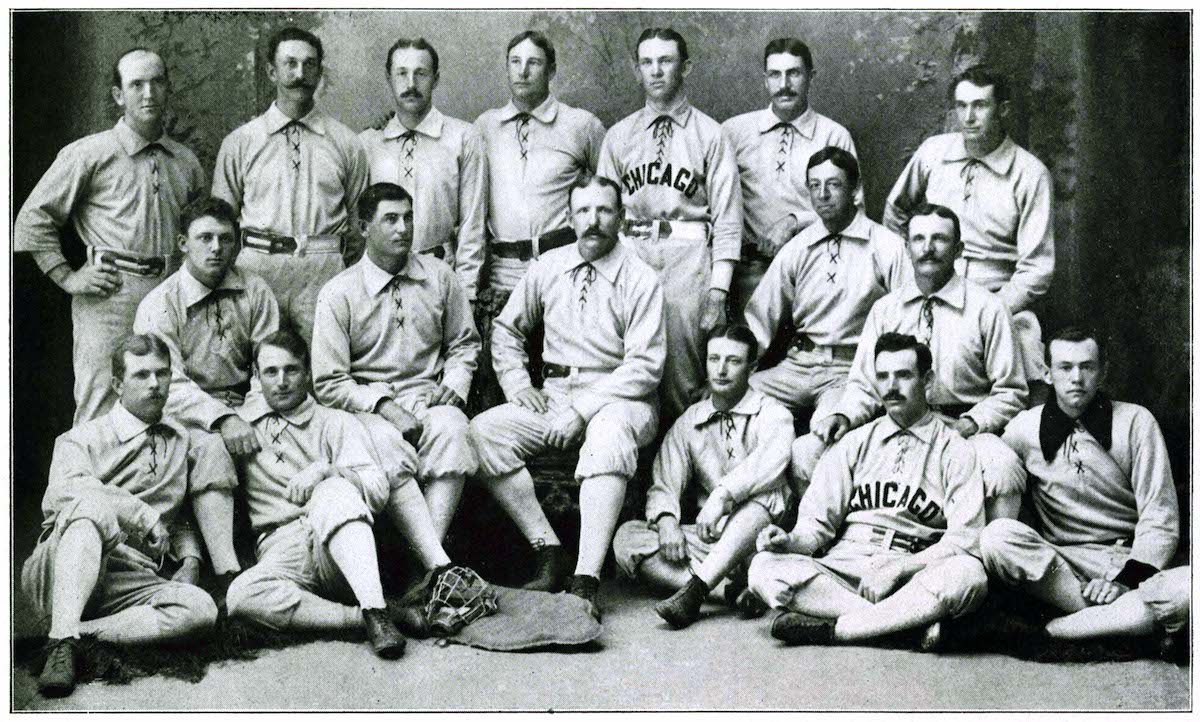
Steve Dalkowski, Immortalized in ‘Bull Durham,’ Threw 110 mph Fastballs
Separating fact from fiction about Steve Dalkowski became more difficult once he literally became part of a work of fiction. But this much is indisputable: No one needed a radar gun to confirm that no pitcher in baseball has ever thrown harder.
The pitcher died recently, but the legend will endure.
Steve Dalkowski’s fastball was immortalized in a movie
Director and writer Ron Shelton recalls speaking to Ted Williams after the legendary major-league hitter faced left-hander Steve Dalkowski in spring training in 1963. Some accounts of the at-bat have Williams leaving the batter’s box after one pitch and not returning, although that may be folklore.
“Fastest I ever saw,” said Williams, who had retired after the 1960 season.
The significance of Shelton’s recollection is that he was a former baseball player himself before launching a successful Hollywood career. Shelton drew upon some of his own experiences as he wrote the screenplay for Bull Durham, but the quirky and erratic young pitcher Nuke LaLoosh in the acclaimed 1988 film was based in part on Dalkowski.
If theater-goers found Tim Robbins’ character in the movie hard to believe, so too were Dalkowski’s statistics as a real-life minor-leaguer.
So many strikeouts but too many walks
Steve Dalkowski’s nine-year career in baseball began in 1957 and was spent entirely in the minor leagues. Dalkowski would have been one of the most intriguing big-league pitchers ever had it not been for unprecedented wildness that kept him from even reaching the Triple-A level except for brief stints in 1963 and ’64.
Though just 5-foot-11 and 175 pounds, Dalkowski delivered a fastball that observers swore would have hit a minimum of 110 mph on a radar gun. The problem was that Dalkowski sprayed pitches high, low, inside, and out but not nearly often enough over the plate to be effective.
In 956 innings in the minors, he finished with 1,324 strikeouts and issued 1,236 walks. He also threw 145 wild pitches, and one can only imagine how it felt for the 37 batters he hit with pitches.
“My index finger was always purple,” said Andy Baylock, Dalkowski’s high school catcher in New Britain, Connecticut. “But when the sun began to go down and it got darker, you’d catch most of his pitches with your chest.”
Signed out of high school by the Baltimore Orioles, Dalkowski began his minor-league career with Kingsport in the Appalachian League, where the legend was born. He struck out 121 batters in just 62 innings that summer, but Dalkowski also walked 129 and threw 39 wild pitches. He finished one game with 24 strikeouts and 18 walks en route to a 1-8 record for the season.
Orioles coaches tried everything they could think of to curb Dalkowski’s wildness in the first few years, but nothing worked. His 1960 season for Stockton in the California League epitomized his career: 262 strikeouts and 262 walks in 170 innings.
An arm injury and a tough life after baseball
The final blow to Steve Dalkowski’s hopes of reaching the majors came in 1963 when he suffered an arm injury during spring training. The injury led to him throwing with somewhat better control over his final three seasons, but the remarkable speed on his fastball also disappeared.
He would spend his final two seasons in Class A leagues before being released, the arm injury and problems with alcohol finally taking their toll. He spent 20 years in California working primarily picking fruit on farms and had frequent minor run-ins attributed to alcohol.
Diagnosed with dementia attributed to alcoholism, he spent the final 25 years of his life in a Connecticut nursing home before dying on April 18 at the age of 80.



